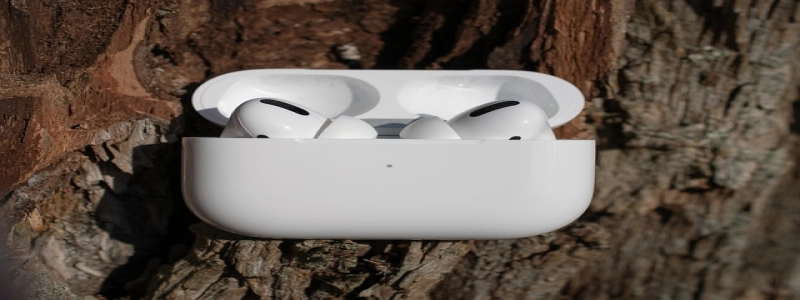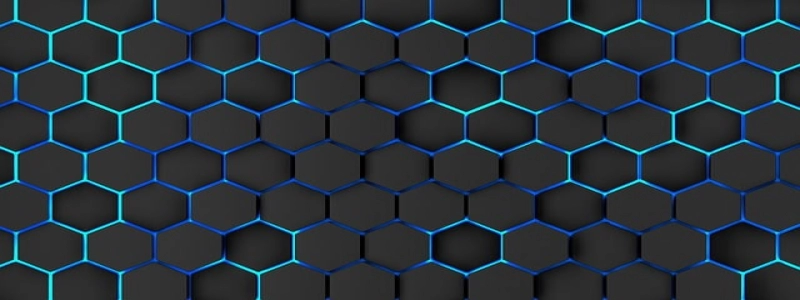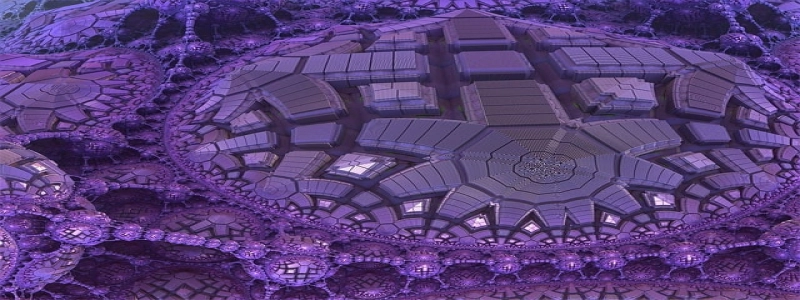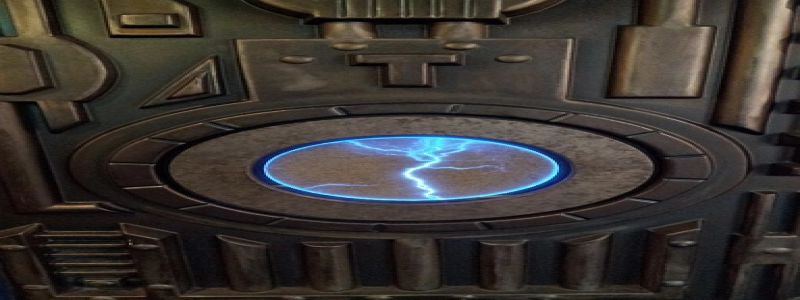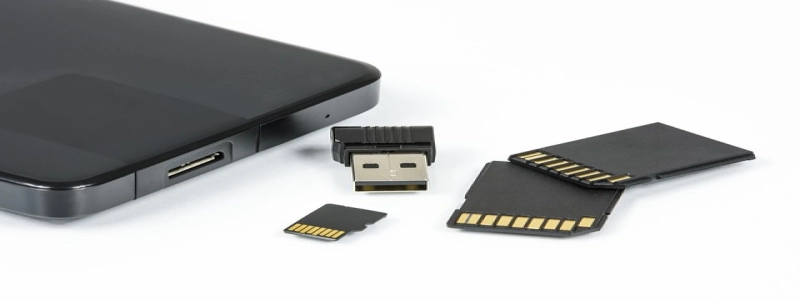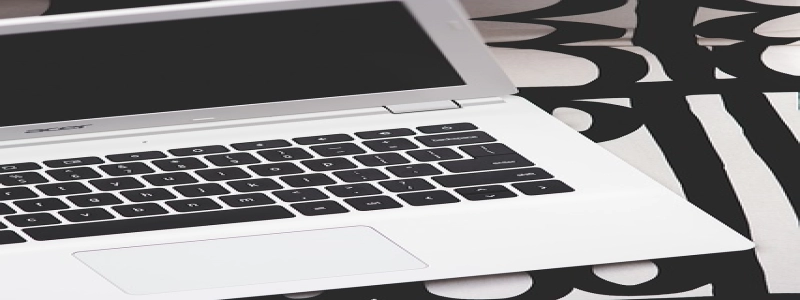1. Introduction
1.1 Background on fiber optic cables
1.2 Importance of fiber optic cables in communication industry
2. Overview of 4 strand fiber optic cable
2.1 Definition and purpose
2.2 Features and advantages
3. Components of 4 strand fiber optic cable
3.1 Fiber strands
3.2 Protective coating
3.3 Strength members
3.4 Outer jacket
4. Installation process of 4 strand fiber optic cable
4.1 Planning and site survey
4.2 Cable pulling and routing
4.3 Splicing and termination
4.4 Testing and certification
5. Applications of 4 strand fiber optic cable
5.1 Telecommunication networks
5.2 Data centers
5.3 CCTV and security systems
5.4 Industrial automation
6. Future trends and advancements in 4 strand fiber optic cable technology
7. Conclusion
1. Introduction
1.1 Background on fiber optic cables
Fiber optic cables are widely used in the communication industry for transmitting data and information at high speeds and over long distances. These cables consist of thin strands of glass or plastic fibers that use light signals to transmit data instead of electrical signals used in traditional copper cables.
1.2 Importance of fiber optic cables in the communication industry
Fiber optic cables have revolutionized the communication industry due to their ability to transmit large amounts of data quickly and efficiently. They offer several advantages over traditional copper cables, including higher bandwidth, longer transmission distances, immunity to electromagnetic interference, and increased security.
2. Overview of 4 strand fiber optic cable
2.1 Definition and purpose
A 4 strand fiber optic cable refers to a cable that contains four separate fiber strands within a single protective casing. These cables are designed to handle multiple data transmissions simultaneously and are commonly used in various applications where multiple connections are required.
2.2 Features and advantages
The 4 strand fiber optic cable offers numerous features and advantages. Firstly, it allows for increased capacity and flexibility by providing multiple pathways for data transmission. This makes it ideal for applications that require high-bandwidth connections, such as telecommunication networks and data centers. Additionally, the use of multiple strands ensures redundancy, making the network more reliable in case of damage or failure of one strand.
3. Components of 4 strand fiber optic cable
3.1 Fiber strands
The core component of a 4 strand fiber optic cable is the fiber strand. These strands are made of either glass or plastic and are responsible for carrying the light signals that transmit data. Each strand is incredibly thin, with a diameter of only a few micrometers.
3.2 Protective coating
To protect the delicate fiber strands from damage, a protective coating is applied. This coating is typically made of strong materials such as acrylate or polyimide. It acts as a barrier against moisture, chemicals, and physical stress.
3.3 Strength members
To provide additional protection and mechanical strength, strength members are incorporated into the cable design. These members, usually made of aramid fibers or fiberglass, help prevent the cable from stretching or breaking during installation or under tension.
3.4 Outer jacket
The outer jacket serves as the final layer of protection for the entire cable. It shields the internal components from environmental factors such as temperature changes, sunlight, and abrasion. The outer jacket is made of materials that are resistant to wear and tear, such as polyvinyl chloride (PVC) or low smoke zero halogen (LSZH).
4. Installation process of 4 strand fiber optic cable
4.1 Planning and site survey
Before installing a 4 strand fiber optic cable, a thorough planning process and site survey are essential. This involves identifying the optimal routing path, determining the required cable length, and assessing any potential obstacles or risks.
4.2 Cable pulling and routing
The cable pulling and routing process involves physically laying the cable along the specified route. Care must be taken to avoid excessive bending or stretching, as it can damage the fiber strands. Proper cable management techniques, such as using cable trays or support brackets, ensure the cable is secured and protected.
4.3 Splicing and termination
Once the cable is in place, the fiber strands need to be spliced and terminated. Splicing involves connecting the individual strands either by fusion splicing or mechanical splicing, depending on the specific requirements. Termination involves attaching connectors to the ends of the fibers for easy connection to equipment or other cables.
4.4 Testing and certification
After installation, the entire cable system must undergo rigorous testing to ensure proper functionality and performance. This includes testing for signal loss, continuity, and integrity. Once the cable passes all tests, it can be certified for use.
5. Applications of 4 strand fiber optic cable
5.1 Telecommunication networks
4 strand fiber optic cables are commonly used in telecommunication networks to provide high-speed data transmission between different locations. They enable the seamless transfer of voice, video, and data over long distances, ensuring reliable and efficient communication.
5.2 Data centers
In data centers, where large amounts of data are processed and stored, 4 strand fiber optic cables are indispensable. They enable fast and reliable data transfer between servers, switches, and storage devices, ensuring smooth operations and minimal downtime.
5.3 CCTV and security systems
4 strand fiber optic cables play a crucial role in CCTV and security systems by providing high-quality video transmission and reliable connectivity. They enable the monitoring and surveillance of sensitive areas, ensuring enhanced safety and security.
5.4 Industrial automation
In industrial automation applications, 4 strand fiber optic cables are utilized to connect control systems, sensors, and machines. They enable real-time data transfer, facilitating precise control and monitoring in manufacturing and industrial processes.
6. Future trends and advancements in 4 strand fiber optic cable technology
As technology continues to advance, the future of 4 strand fiber optic cables looks promising. Ongoing research and development aim to increase transmission speeds, improve efficiency, and reduce costs. Advancements such as multi-core fibers and new materials for enhanced protection are expected to shape the future of the industry.
7. Conclusion
In conclusion, 4 strand fiber optic cables are crucial components in modern communication systems. Their ability to handle multiple data transmissions simultaneously and provide high-speed connectivity makes them invaluable in various applications. Understanding their components, installation process, and applications is essential for anyone involved in the communication industry.
